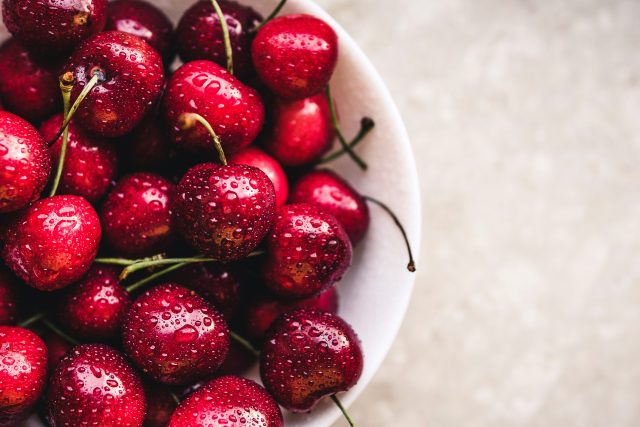Gout is a form of inflammatory arthritis affecting around 2 million American women and 6 million American men. Gout is caused by high levels of uric acid in the bloodstream. The acid then forms crystals in joints causing sudden and severe episodes of pain, swelling, tenderness, and redness known as gout attacks. The affected joints are often in the big toe, but can sometimes be in the hands, knees, ankles, and elbows.
Gout attacks can be sudden and excruciatingly painful, often happening at night. They happen when something causes the uric acid levels in the body to spike, like a night of cocktails, or when something causes the crystals that have formed in a joint to shift.
Diet plays a key role when it comes to managing gout. Choosing the right options may help to lower uric acid levels in the blood and prevent another gout attack from happening. So, what are the dos and don’ts when it comes to diet?
DO: Water. Keep yourself hydrated by choosing water as your beverage choice and aim for at least 8 glasses a day. Increasing your water intake has been linked to fewer gout attacks.
DON’T: Alcohol. While beer is the worst drink for gout sufferers, any alcoholic beverage can trigger gout symptoms for those prone to gout attacks.
DO: Cherries. Components in cherries lower uric acid production in the liver in addition to having anti-inflammatory properties.
DON’T: Sugars. Avoid sweeteners high in fructose as it increases purine metabolism levels, which in turn raises uric acid levels in the blood.
DO: Milk. Milk promotes uric acid excretion.
Overall, maintaining a healthy lifestyle and making wise diet choices are essential when it comes to managing gout and preventing future gout attacks. If you or someone you love is looking for new treatment options when it comes to managing symptoms associated with gout, studies are enrolling now. Qualified participants have access to potential new gout medications, and receive care from board-certified physicians and other medical staff. Those that qualify may also be compensated for time and travel expenses. Learn more about this exciting research opportunity by clicking HERE.


